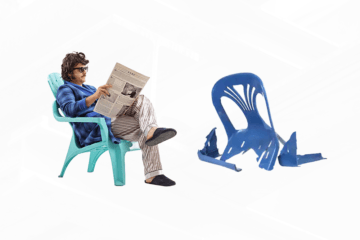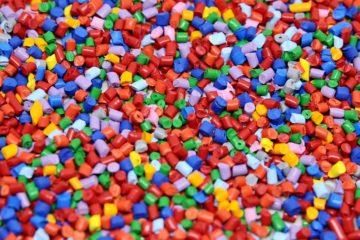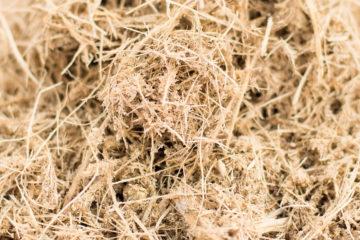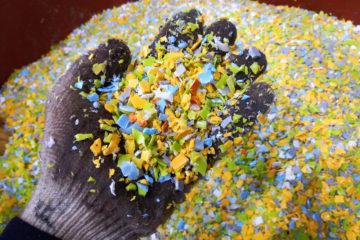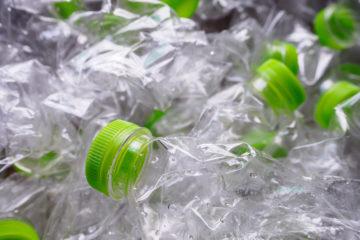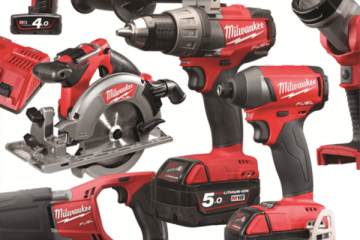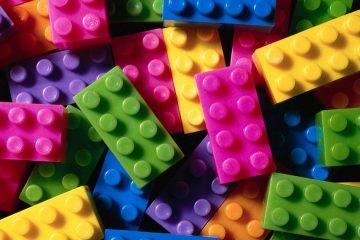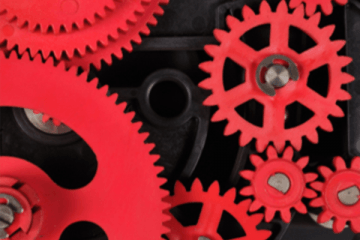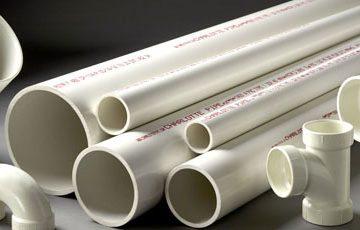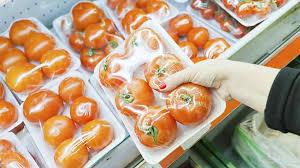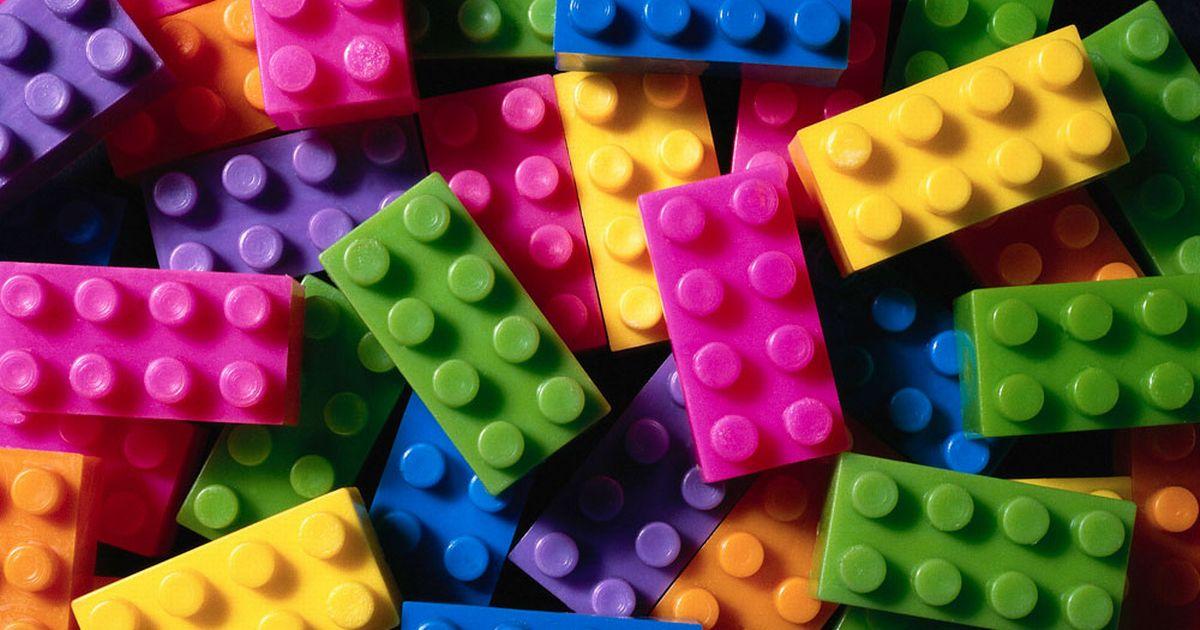
ABS is purpose built to be easy, cheap, stiff and tough, all while being capable of displaying great surface finishes and colours.
Originally developed in the late 1940’s, ABS combines the acrylonitrile, butadiene and styrene monomers with the intent of displaying the best of each of these elements. Acrylonitrile is highly process able and glossy. Butadiene is tough and impact resistant. Styrene is cheap and ridged.
ABS is an excellent material for injection moulding, being workable at relatively low temperature. It is also an amorphous material, meaning that when heartened it steadily becomes softer until reaching its melting point. This allows it to be used with plastic post processing techniques such as ultrasonic welding. This property also makes it a staple of FDM based 3D printing, where it is often further finished by being machine and sanded. Its high surface energy means it is also easy to glue and paint.
Once moulded ABS is stiff and impact resistant. It is also resistant to chemical attack.
In the range of low cost plastics ABS is the best “overall package”. While not perfect for every application, it has conquered the consumer world. It can be found in almost every cost sensitive setting where a good finish and strength are required, such as toys, computer keyboard keys and hand tool housings.
ABS is not typically used in high heat or high friction applications. Its butadiene component is often is Achilles heal, as it make ABS highly prone to UV degradation in outdoor settings, and can cause the plastic to take on an overall yellowish tint with age or constant exposure to elevated temperatures.
Oh, and LEGO is made of ABS. There are approximately 36 billion ABS Lego components made each year, and Lego has become one of the most powerful and recognisable brands based on those tiny ABS blocks That’s a fairly strong comment on its marketability.
Subscribe to Our Newsletter
Get the latest news from Dienamics into your inbox














